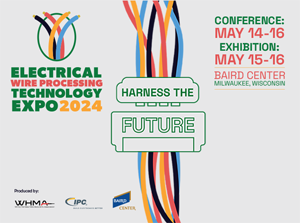 When it comes to protecting electrical components in demanding conditions, heat shrink tubing is one of the most trusted solutions on the market. Its ability to resist harsh environments makes it ideal for industrial, marine, automotive, and outdoor applications where durability and reliability are non-negotiable.
When it comes to protecting electrical components in demanding conditions, heat shrink tubing is one of the most trusted solutions on the market. Its ability to resist harsh environments makes it ideal for industrial, marine, automotive, and outdoor applications where durability and reliability are non-negotiable.
Why Is Heat Shrink Tubing So Resilient?
Heat shrink tubing is made from tough, high-performance materials like polyolefin or fluoropolymer, which offer excellent thermal, mechanical, and chemical resistance. When heated, the tubing shrinks and forms a snug, protective barrier around wires, cables, and connectors, shielding them from outside elements.
Top Environmental Threats Heat Shrink Can Resist
1. Extreme Temperatures
Heat shrink tubing can endure a wide range of temperatures, from below freezing to well over 250°F (121°C), depending on the material. This makes it ideal for both hot engine compartments and cold outdoor installations.
2. Moisture and Water
Dual-wall heat shrink tubing includes an inner adhesive lining that melts and seals when heated, creating a watertight barrier—essential for marine and underground use.
3. Chemicals and Oils
Whether in a garage or factory, heat shrink holds up against exposure to grease, oil, solvents, and corrosive chemicals, protecting internal wires from damage.
4. UV and Weather
UV-resistant tubing is available for applications exposed to sunlight. It won’t crack or degrade from long-term sun exposure, rain, snow, or wind.
5. Abrasion and Impact
Heat shrink provides an added layer of mechanical protection against vibration, friction, and physical wear, preventing wire insulation from tearing or fraying.
Where Is Harsh-Environment Heat Shrink Used?
-
Automotive engines and undercarriages
-
Boats and marine vessels
-
Industrial control panels
-
Aerospace and defense systems
-
Outdoor cable installations
In the harshest environments, heat shrink tubing offers unmatched protection. From water and chemicals to extreme temperatures and rough handling, it ensures your wires and connections stay safe and functional for the long haul.

